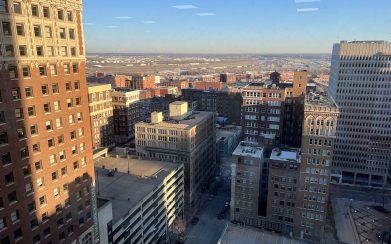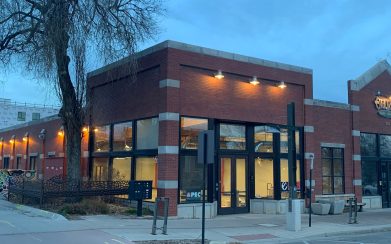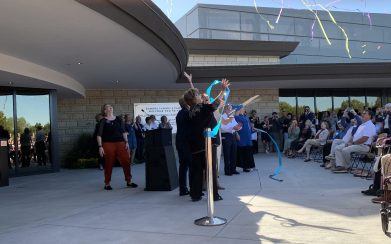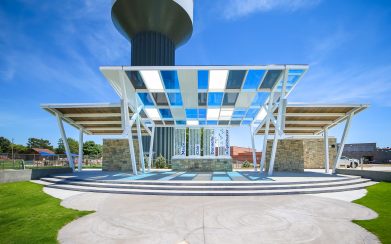Newsroom
Saving lives one storm at a time
“If you can’t get in or can’t get out, it’s no use at all. But if you can, every day after that you will be thankful for the shelter that saved your life,” says Wes Britson, PE, SE.
That’s his philosophy about storm shelters. He designs them. He helped write the first criteria for storm shelters more than a decade ago. He knows how important they are.
In 2000, Britson helped write the very first FEMA 361 guidelines for storm shelters. School districts in Kansas started understanding its value to protect people and its ability to serve multiple purposes. Shelters can also serve as a storage room, a gym or a cafeteria. Since then many shelters were installed with FEMA grants. Now, the interest in storm shelters is picking up again.
Britson says there will be pressure to design and install shelters that don’t meet minimum requirements for construction and inspection. That could cause confusion.
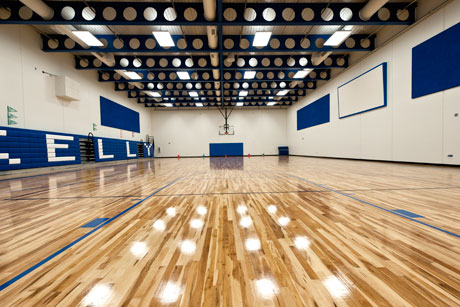
“People who seek refuge in a storm shelter expect a certain level of safety. If we are asked to design something to save money, we ask the owner to label it as something other than a storm shelter.”
Existing structures often have areas that are more robust than other places. Clients often ask PEC to perform a FEMA Audit to determine the best place to take refuge. FEMA 361 has a scoring method that design professionals use to select these locations. Pittsburg State University employed PEC to perform this service campus-wide and provide maps displayed at several locations to be displayed for its occupants.
The location of a shelter is also important. If the storm shelter isn’t close enough to use, you can’t use it. The travel distance to a shelter is critical during a tornado event since there is often little warning before the contact of debris. Britson says, “We recommend that the travel distance be short and in very large facilities the shelters be dispersed for convenience.”
Obviously there are two types of shelters—above and below ground.
Underground shelters protect from wind borne debris and the lateral wind pressures. The roof of underground shelters must resist collapsing due to debris and the structures above it. In addition, the shelters must be able to open through all the debris afterwards. Handicap accessibility is also a challenge in underground shelters. Something most people don’t think about is “…the accumulation of liquid from rain, broken pipes or spilled chemicals nearby that could create a secondary emergency,” says Britson.
Above ground shelters protect from wind borne debris using of materials tested for missile impact—usually a 2×4 flying at 200+ mph. Large shelters in a community building are often called safe rooms. They are designed to resist lateral wind pressures. The foundations are large enough to prevent the shelter from overturning or sliding.
Plus all the openings for ventilation and piping are protected and the doors have been tested for missile impact.
Britson says the best solution is a multipurpose shelter/safe room. “People are used to going there. They know where it is and in the few minutes or seconds they might have to seek shelter, you want them to be as familiar as possible. That will save lives.”
